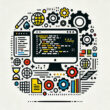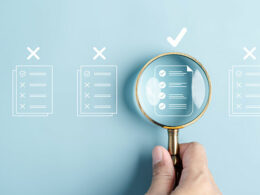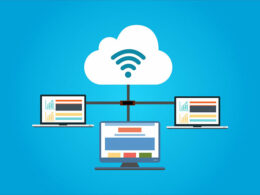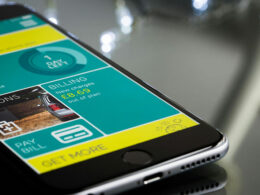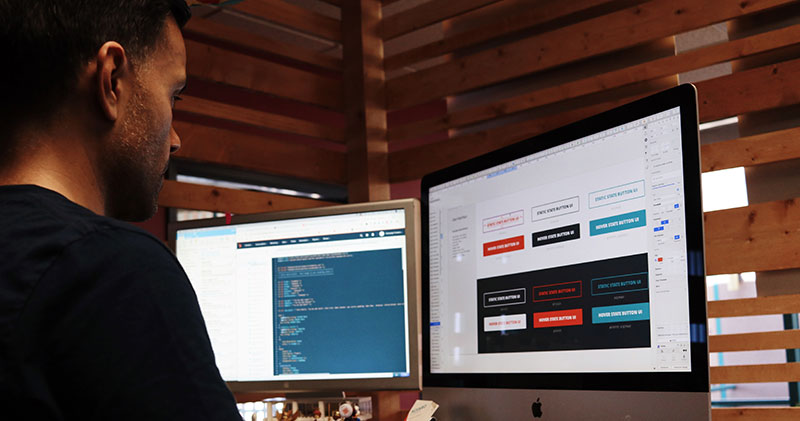6 Essential Apps to Improve Patient Management in A Healthcare Center
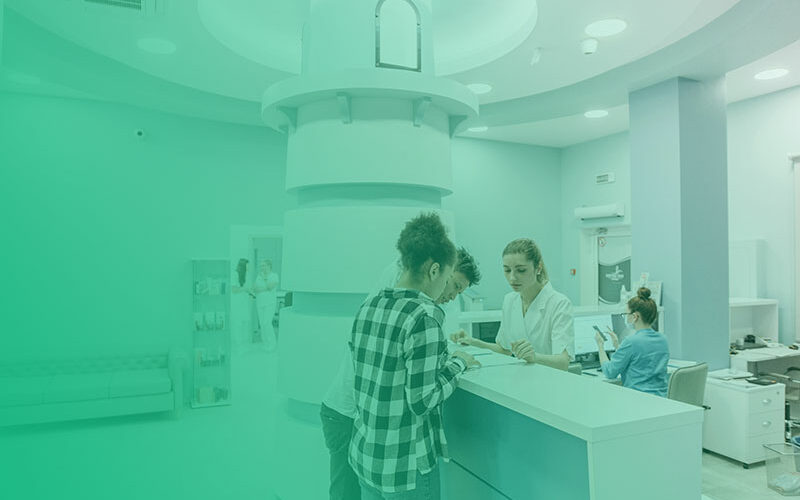
Opening a new healthcare center is exciting, but ensuring a smooth workflow and positive patient experience is crucial for success. Technology can be an influential ally in this endeavor. Implementing the right apps can streamline communication, empower patients, and optimize your center’s operations.
In this article, we will explore six essential apps that can significantly improve patient management in your new healthcare facility.
1. Electronic Health Record (EHR) System
The Electronic Health Record (EHR) system is the foundation of any patient management system. An EHR is a digital platform that securely stores a patient’s medical history, encompassing demographics, allergies, medications, diagnoses, treatment plans, and lab results.
According to the CDC, 86.2% of office-based physicians use EHR/EMR, and 77.8% are certified with an EHR/EMR system. EHR systems are laced with features that streamline patient management, like appointment scheduling, medicine reminders, and secure communication portals.
This centralized repository allows authorized healthcare providers to instantaneously access a patient’s complete medical picture, fostering well-informed treatment decisions. It not only improves staff efficiency but also empowers patients to take a more active role in their healthcare.
2. Appointment Scheduling and Management App
In today’s fast-paced world, convenience is key for both patients and healthcare providers. Appointment scheduling and management apps eliminate the hassle of phone tag and endless back-and-forth emails. These apps allow patients to view a healthcare provider’s available slots and book appointments directly online, often integrating seamlessly with existing calendars.
According to Tech Report, around 67% of patients prefer scheduling their appointments online in healthcare centers. About 33% of patients prefer to use their mobile phones while booking their appointments. Online booking apps often offer features like appointment reminders, automated confirmations, and online intake forms that can be filled out before the visit.
It saves both parties valuable time, reduces the risk of missed appointments, and improves overall patient satisfaction.
3. Telemedicine Platform
Telemedicine platforms revolutionize patient interaction by enabling secure virtual consultations. These platforms go beyond a simple video call, offering features specifically designed for remote healthcare delivery. Electronic prescriptions can be sent directly to pharmacies within the platform, ensuring accuracy and eliminating the need for paper prescriptions.
Many platforms integrate seamlessly with EHR systems, allowing real-time data exchange during consultations. This captured data can be securely stored within the patient’s EHR, providing a more comprehensive record for future reference and improved care coordination.
Telemedicine platforms offer a convenient and efficient way to manage patient care, particularly for follow-up appointments, medication reviews, and consultations with specialists located remotely.
4. Visitor Management System
Managing visitor flow is crucial for patient safety, security, and efficient operations in a healthcare environment. According to Greetly, a visitor management system (VMS) acts as a digital gatekeeper, streamlining the check-in process. Visitors can pre-register online or sign in quickly at kiosks, providing essential information and completing health screenings.
The VMS then generates badges with access control features, ensuring visitors only enter authorized areas. It enhances patient privacy and protects sensitive equipment. Additionally, VMS often integrates with appointment scheduling systems, notifying staff of a visitor’s arrival and facilitating a smoother patient experience.
Real-time visitor logs can also be generated, aiding emergency response and contact tracing when necessary. Overall, a VMS promotes a secure and controlled environment for both patients and staff within the healthcare center.
5. Prescription Management App
According to the National Library of Medicine, the use of prescription drugs in America is at its peak. The number of prescription drug use has reached up to 6.3 billion prescriptions, which means 19 prescriptions for every American. The use of prescription drugs is propelling forcefully due to aging, health issues, and the growing burden of chronic diseases in America.
When such a huge number of prescriptions are to be handled, a prescription management app becomes quite handy. It acts as a bridge between healthcare providers, patients, and pharmacies within a healthcare center.
Doctors can utilize the app to electronically prescribe medications, reducing errors and streamlining the process. These prescriptions are then securely transmitted directly to the chosen pharmacy, eliminating the need for paper prescriptions and potential misinterpretations.
Patients can access the app to view their medication history, receive refill reminders, and even request refills directly from their phones. This improves medication adherence and empowers patients to participate more actively in their health.
6. Billing and Payment Processing App
In the often-complex world of healthcare billing, a billing and payment processing app can be a game-changer for your healthcare center. These apps streamline the entire process, from generating accurate and compliant invoices to collecting payments securely and efficiently.
Patients can use the app to view their statements, make secure online payments, and even set up automatic payments for recurring charges.
This not only improves patient convenience but also reduces administrative tasks for staff, allowing them to focus on patient care. Additionally, these apps can integrate with appointment scheduling and EHR systems, automatically generating bills for services rendered.
Features like real-time payment tracking and detailed reports on billing activity provide valuable financial insights for the healthcare center, improving revenue cycle management.
Frequently Asked Questions
How does the billing app streamline claims submission and reimbursement?
Billing apps automate claim generation and ensure accuracy by pulling data from EHRs and appointment schedules. It reduces errors and streamlines submission to insurers, ultimately expediting reimbursement.
What access control features does the visitor management system provide?
Visitor management systems use digital badges with access control. This restricts entry to authorized areas, like patient wings or restricted zones, ensuring patient privacy and security within the healthcare facility.
How does the EHR system improve patient record management?
EHR systems digitally store a patient’s entire medical history in one secure location. This eliminates paper charts, improves access for authorized providers, and provides a more comprehensive view of a patient’s health, leading to better treatment.
To conclude, in today’s tech-driven world, healthcare centers that embrace the right apps can gain a significant edge. By implementing the six essential apps explored in this article, you can empower patients, streamline workflows, and optimize operations.
This not only translates to improved patient satisfaction and medication adherence but also fosters a more efficient and secure healthcare environment for everyone involved.
- Alternative App Stores: Discover Apps Like Aptoide - June 14, 2024
- How Are Desktop App, Web App, and Mobile App Similar and Different? - June 14, 2024
- Mastering JavaScript Logical Operators for Effective Logic - June 14, 2024


